Mastering Labrador Puppy Potty Training: Tips and Tricks
Imagine this: your lovable, energetic Labrador puppy is bounding around the house, spreading joy and laughter, but then…oops! A puddle on the floor brings you back to reality. Potty training your Labrador puppy can feel like a rollercoaster ride, filled with ups, downs, and the occasional surprise. But fear not, dear Lab parent, for we’re here to guide you through this wild adventure!
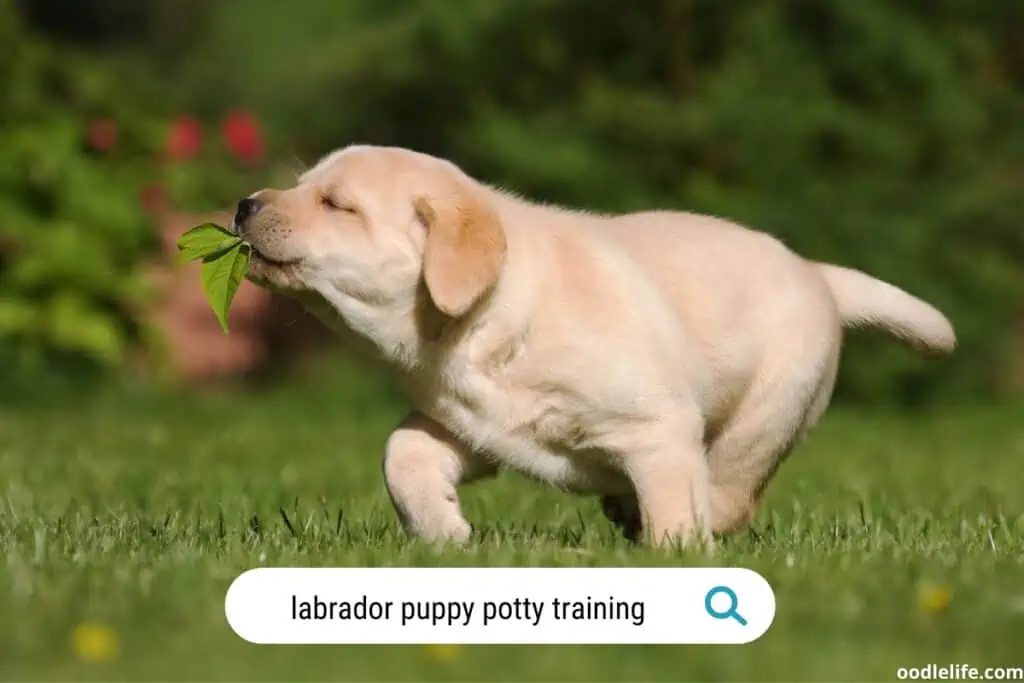
Whether you’re a crate training enthusiast or an outdoor potty area devotee, consistency and patience will be your greatest allies in this journey. And don’t worry, accidents are all part of the process—punishing your pup will only hinder their progress.
The secret sauce for potty training success? Establishing a routine. Think of it as your puppy’s personal itinerary: consistent mealtimes, regular outdoor breaks, and ample playtime to keep them happy and engaged. With this routine in place, your Lab will be well on their way to becoming a potty-training pro.
So buckle up and get ready for an exciting ride, filled with trial, error, and the inevitable triumphs. By following our expert guidance, you’ll soon be reveling in the joy of a well-trained Labrador, minus the unexpected indoor puddles!
6 Reasons Labradors Are HARD TO Potty Train
Ah, Labradors—those lovable, energetic, and sometimes stubborn companions! While potty training a Lab may come with its own unique set of challenges, we’ve got your back. Let’s dive into the specifics, shall we?
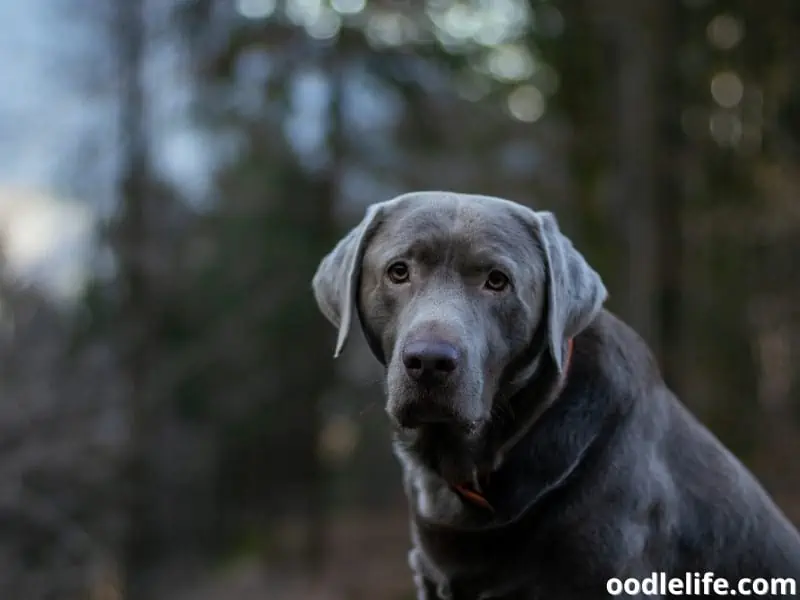
Boundless Energy:
First up, there’s no denying that Labs are bursting with energy. This can make potty training a bit like trying to teach a tornado to sit still. You may find your pup is more interested in playing than actually doing their business. Pro tip: try to tire them out a bit before potty breaks, so they’re more focused when nature calls.
Distraction Central:
Speaking of energy, Labs are easily distracted. One whiff of an interesting scent or the sight of a squirrel can derail your potty training efforts. It’s like trying to use the bathroom at a theme park—there’s just so much going on! Make sure to minimize distractions during potty breaks and keep your pup on a leash to maintain control.
Stubborn Streak:
Labs can be stubborn, and sometimes they’d rather sniff every blade of grass than squat and do their business. You know how it feels when you’re trying to find the perfect parking spot at the mall? That’s your Lab trying to find the perfect potty spot. Be patient and consistent, and eventually, they’ll get the hang of it.
Weather Woes:
Labs are known for their love of water, but sometimes, they don’t appreciate getting wet during potty breaks. It’s like loving a day at the beach but hating the rain. If your Lab is hesitant to go potty in wet weather, try using a large umbrella or a doggie raincoat to make the experience more comfortable.
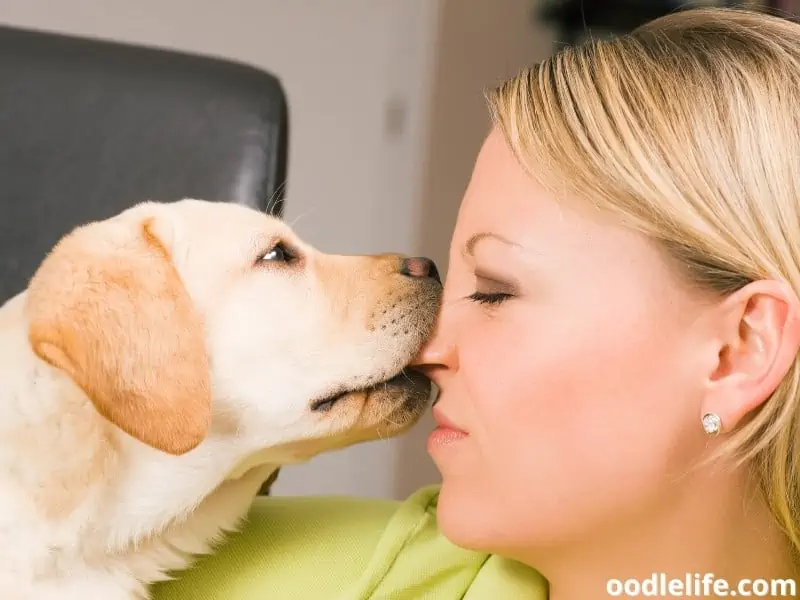
Growth Spurts:
Labs grow quickly, and with rapid growth come frequent potty breaks. Remember when you were a teenager and you could eat an entire pizza without consequences? Well, your growing Lab needs to relieve themselves just as often. Adjust your potty schedule to accommodate their increasing bladder capacity.
Hunger Games:
Labs have a hearty appetite, and what goes in must come out. Be prepared for more frequent potty breaks if your pup is eating like a champ. Keeping a consistent feeding schedule can help you predict when it’s time to head outside. In conclusion, potty training a Lab might feel like a wild adventure, but with patience, consistency, and a sense of humor, you’ll soon have a well-trained pup that won’t disappoint. So gear up, dear Labrador parent, and embrace the journey!
Why Potty Training is Important
Potty training a Labrador puppy is an essential aspect of their early development. It is a process that requires patience, consistency, and positive reinforcement. Potty training helps your puppy learn where and when to eliminate, which is crucial for maintaining a clean and healthy living environment.
Moreover, potty training helps prevent behavioral problems such as house soiling, which can be frustrating and time-consuming to address. By teaching your puppy to eliminate in the appropriate place, you can avoid unpleasant surprises and keep your home smelling fresh and clean.
Another benefit of potty training is that it helps strengthen the bond between you and your puppy. When you take your puppy outside to eliminate, it provides an opportunity for exercise, fresh air, and socialization. It also gives you a chance to reward your puppy for good behavior and reinforce positive habits.
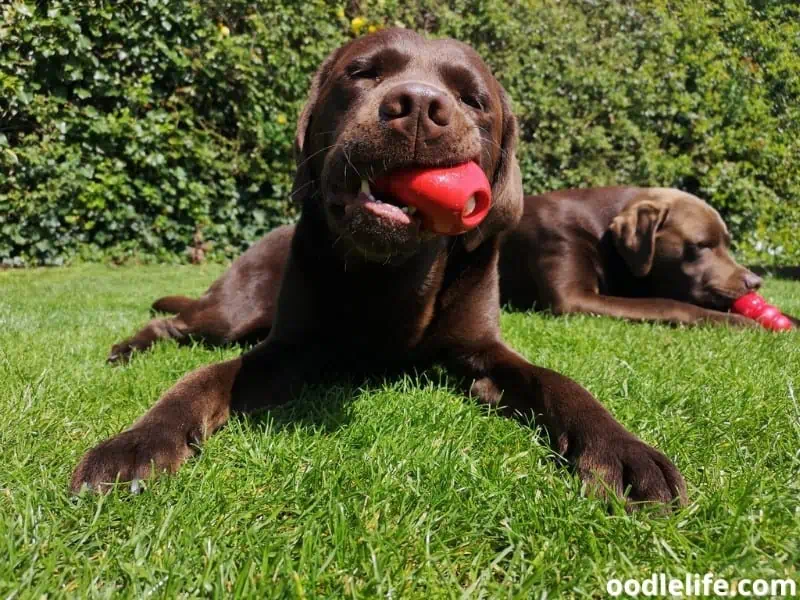
Lastly, potty training is important for the health and well-being of your puppy. When puppies eliminate in inappropriate places, they are at risk of exposure to harmful bacteria and viruses. By training your puppy to eliminate in a designated area, you can reduce the risk of illness and ensure their health and safety.
When to Start Potty Training
Labrador puppies are adorable, but they can also be a handful. One of the most important things you’ll need to teach your new furry friend is potty training. But when should you start?
According to experts, it’s best to start potty training your labrador puppy between 12 and 16 weeks of age. By this time, your puppy should have enough control over their bladder and bowel movements to start learning where to do their business.
It’s important to note that every puppy is different, and some may be ready to start potty training earlier or later than others. You should also consider your own schedule and lifestyle when deciding when to start. If you work long hours and won’t be able to take your puppy out frequently, it may be better to wait until you have more time to dedicate to potty training.
When you do start potty training, it’s important to be consistent. Establish a routine for your puppy, with set times for meals, playtime, and potty breaks. This will help your puppy learn when it’s time to go outside and do their business.
Remember, potty training can be a frustrating process, but it’s important to stay patient and positive. Your labrador puppy is still learning and may have accidents along the way. Don’t punish your puppy for accidents, as this can make them afraid to go potty in front of you. Instead, reward your puppy for going potty outside and praise them for their good behavior.
With time, patience, and consistency, your labrador puppy will learn where to do their business and become a well-behaved member of your family.
The Basics of Potty Training Your Labrador Puppy
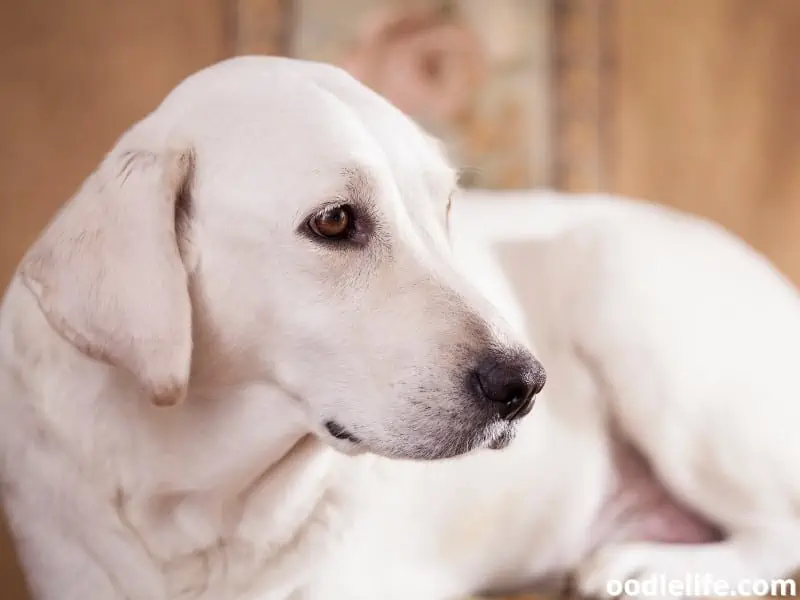
Establishing a Routine
Establishing a routine is crucial when it comes to potty training your Labrador puppy. Puppies thrive on consistency, and having a set schedule will help them learn when it’s time to go potty. Make sure to take your puppy out to potty at the same times every day, such as after meals, naps, and playtime. It’s also important to take your puppy out first thing in the morning and right before bed.
Choosing a Designated Potty Area
Choosing a designated potty area is another important step in potty training your Labrador puppy. Pick a spot outside that is easily accessible and consistently use that spot for potty breaks. This will help your puppy associate that area with going potty and make it easier for them to understand where they should go.
Positive Reinforcement
Positive reinforcement is key when it comes to potty training your Labrador puppy. When your puppy goes potty in the designated area, make sure to give them lots of praise and treats. This will help them understand that going potty outside is a good thing. Avoid punishing your puppy for accidents, as this can cause fear and confusion. Instead, simply clean up the mess and continue with the training process.
Potty training a Labrador puppy can be a challenging process, but with patience, consistency, and positive reinforcement, it can be accomplished successfully. Remember to establish a routine, choose a designated potty area, and use positive reinforcement to help your puppy learn where and when to go potty.
Common Potty Training Problems and Solutions
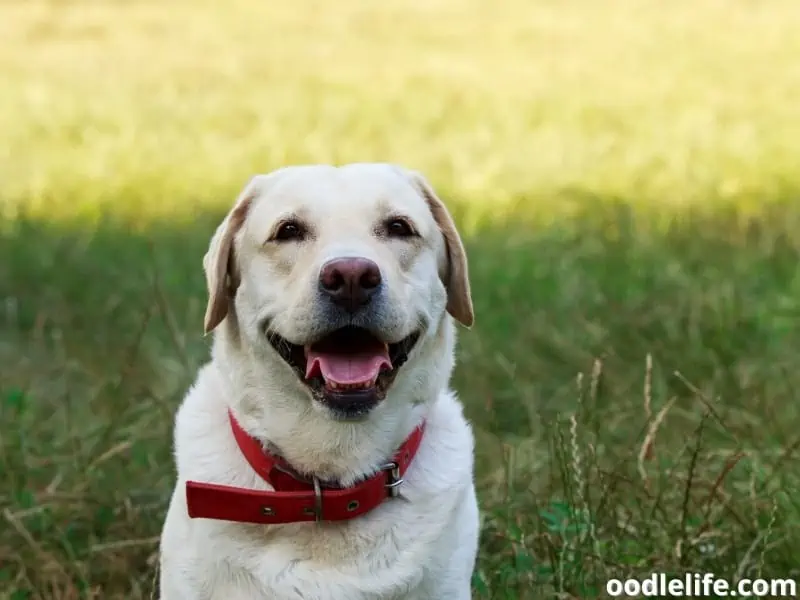
Accidents in the House
One of the most common problems that new puppy owners face is accidents in the house. Puppies have small bladders and can’t hold it for very long, so accidents are bound to happen. The key to dealing with accidents is to clean them up quickly and thoroughly. Use an enzymatic cleaner to remove any traces of urine or feces, as the scent can attract your puppy back to the same spot.
Another way to prevent accidents is to supervise your puppy closely. Keep him in the same room as you, or use a crate or playpen to limit his access to the house. Take him outside frequently, especially after meals, naps, and playtime. Praise him when he goes potty outside, and give him a treat as a reward.
Resistance to Potty Training
If your puppy seems resistant to potty training, there could be a few reasons why. He may not understand what you want him to do, or he may be scared to go outside. Try to make potty time fun and rewarding by using treats and praise. Take your puppy to the same spot every time, so he knows where to go.
If your puppy still resists, you may need to try a different approach. Some puppies respond well to a potty bell, which you can hang by the door and ring every time you take him outside. Others may need a little extra encouragement, such as a favorite toy or a special treat.
Inconsistency in Training
Consistency is key when it comes to potty training. If you’re not consistent with your training, your puppy won’t know what to do. Make sure everyone in your household is on the same page and using the same commands and rewards. Stick to a regular schedule for feeding, playtime, and potty breaks.
If you’re having trouble with consistency, try using a chart or checklist to keep track of your puppy’s progress. This can help you identify patterns and adjust your training as needed. Remember, potty training takes time and patience. Don’t get discouraged if your puppy has setbacks or accidents. With the right training and plenty of positive reinforcement, your puppy will learn to go potty outside in no time.
Advanced Potty Training Techniques for Labradors
For those looking to take their Labrador puppy’s potty training to the next level, there are several advanced techniques that can be used. These techniques are designed to reinforce good potty habits and make the training process more efficient and effective.
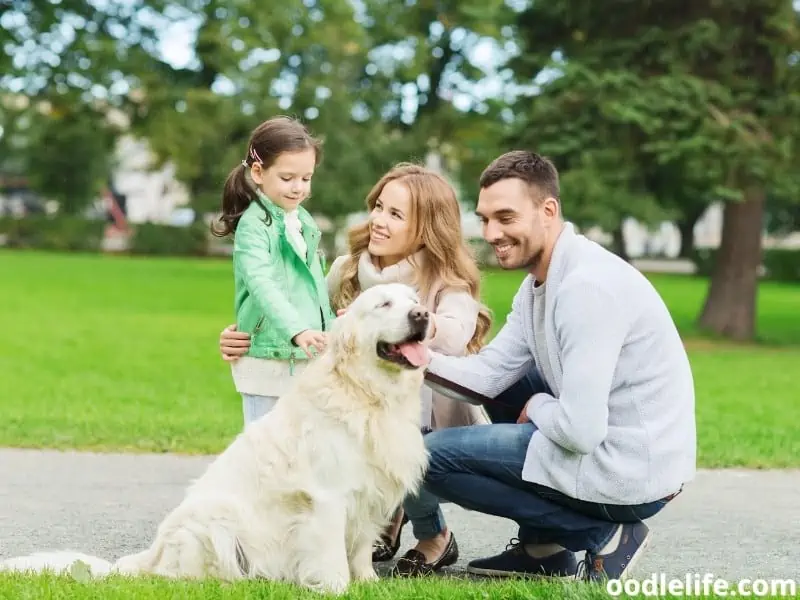
Bell Training
Bell training is a popular technique that involves teaching your puppy to ring a bell when they need to go outside. This is a great way to give your puppy a clear signal that it’s time to go potty, and can also help prevent accidents inside the house.
To start bell training, hang a bell near the door that you use to take your puppy outside. Every time you take your puppy out, ring the bell and say a command like “go potty”. Eventually, your puppy will associate the sound of the bell with going outside to potty. Encourage your puppy to ring the bell themselves by gently nudging the bell with their nose or paw.
Crate Training
Crate training is another effective technique that can help with potty training. By using a crate, you can teach your puppy to hold their bladder and bowel movements for longer periods of time, which can help prevent accidents inside the house.
To crate train your puppy, choose a crate that is the right size for your puppy. The crate should be big enough for your puppy to stand up, turn around, and lie down comfortably, but not so big that they have room to go potty in one corner and sleep in another. Gradually introduce your puppy to the crate by placing treats and toys inside and encouraging them to go in. Once your puppy is comfortable in the crate, begin using it to confine them when you can’t supervise them, such as when you’re at work or sleeping.
Outdoor Training
Outdoor training is the most important aspect of potty training your Labrador puppy. By teaching your puppy to go potty outside, you can prevent accidents inside the house and reinforce good potty habits.
To outdoor train your puppy, take them outside frequently, especially after meals, naps, and playtime. Choose a designated potty area and use a command like “go potty” to encourage your puppy to go. Reward your puppy with praise and treats when they go potty outside. If your puppy has an accident inside, clean it up thoroughly and avoid punishing them, as this can make them afraid to go potty in front of you.
Conclusion
Potty training a Labrador puppy can be a challenging process, but it is essential for a happy and healthy life with your furry friend. It requires patience, consistency, and positive reinforcement. By establishing a routine, choosing a designated potty spot, supervising your puppy closely, and being patient and consistent, you can successfully potty train your Labrador puppy and avoid future accidents in the house.
Remember that every puppy is different and may require a unique approach to potty training. Be flexible and willing to adjust your methods as needed. Don’t forget to celebrate your puppy’s successes and be patient with their mistakes.
With time and effort, you will have a well-trained and happy Labrador puppy that enjoys spending time with you and exploring the world around them. Good luck!